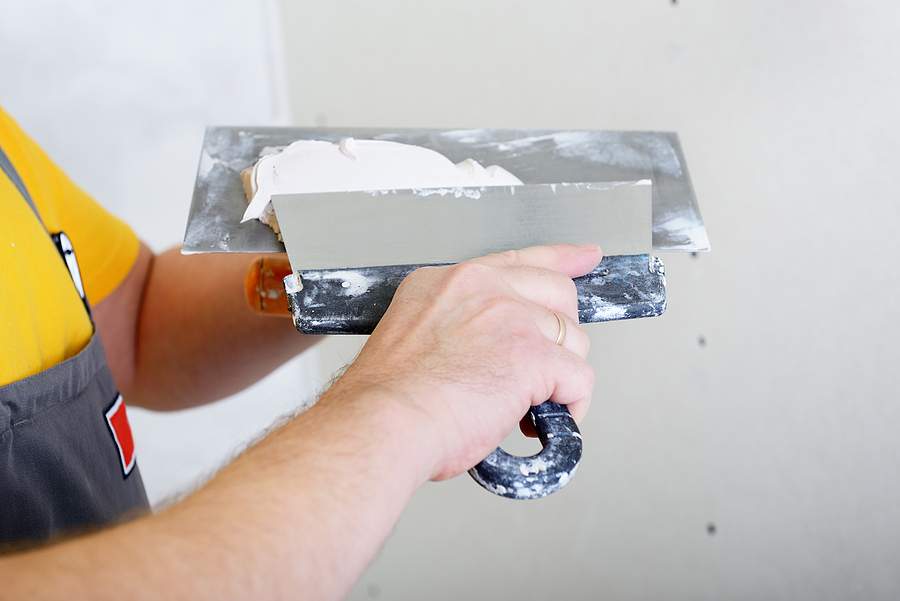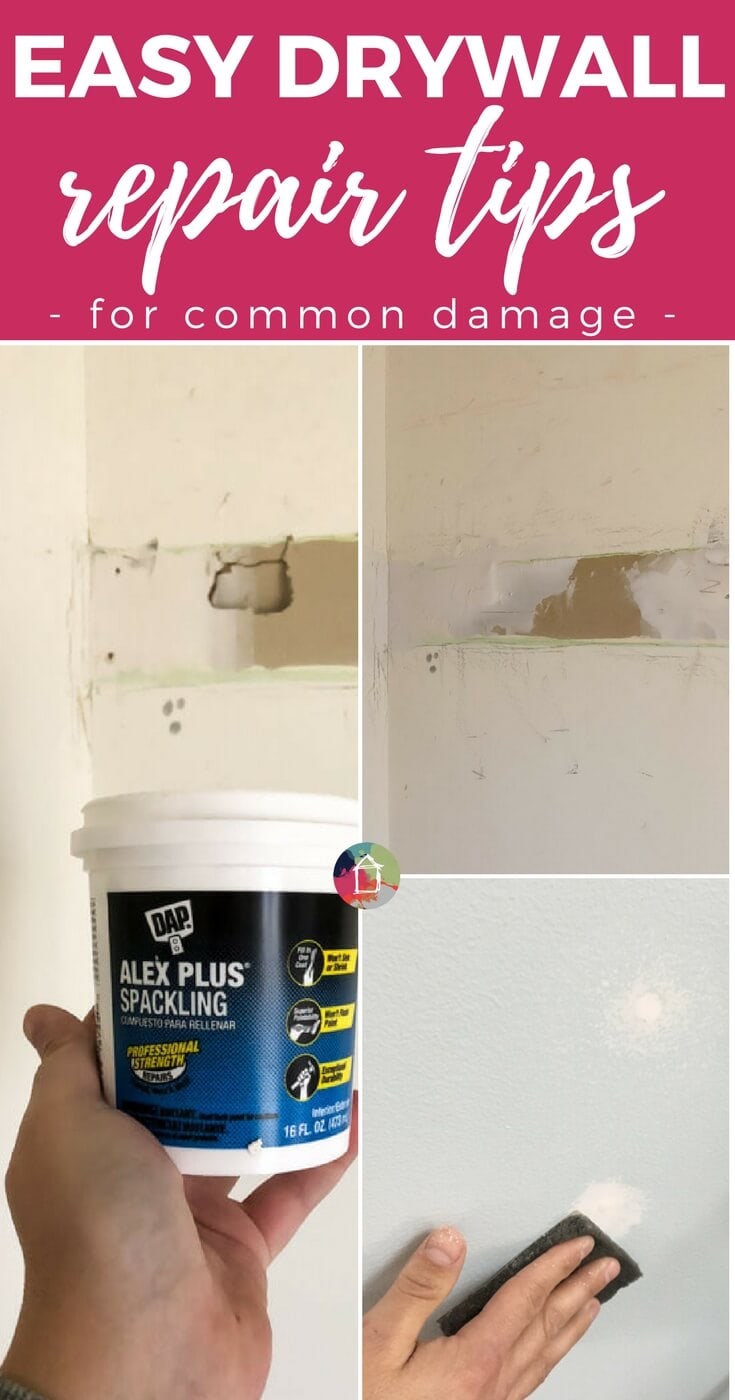Step-by-Step Approaches to Achieving Flawless Drywall Repair Service and Installation
Achieving flawless drywall repair work and installment needs a systematic strategy. It involves understanding the various sorts of drywall and the devices needed for the task. Proper location preparation is important prior to beginning any work. Drywall Installation Ogden Utah. Each step, from covering holes to setting up brand-new sheets, needs attention to information. The procedure does not end with installation; completing techniques are important for a refined look. The next steps will ensure a seamless result, but just what do they involve?
Recognizing Drywall Kind and Tools Needed

The installation devices are just as crucial. An energy knife is essential for cutting drywall sheets, while a drywall saw can assist in making accurate cuts for electrical outlets or fixtures. T-squares guarantee exact dimensions, and drywall screws or nails safeguard the panels to wall surface studs. In addition, a drywall lift can facilitate the installment of large sheets, reducing physical strain. Familiarity with these devices and kinds considerably adds to the performance and quality of drywall tasks.
Preparing the Location for Repair or Setup
Preparing the area for drywall repair service or setup is important to assure a smooth and reliable procedure. Initially, the surrounding room should be free from furnishings and various other challenges to offer sufficient functioning space. This not only ensures safety and security yet additionally stops damage to personal belongings. Next off, it is important to cover the flooring with ground cloth to catch any kind of debris or dirt generated during the job.
Furthermore, the wall surfaces need to be examined for any kind of loosened paint or wallpaper that may interfere with attachment. Getting rid of these aspects produces a clean surface area for the new drywall. Prior to start, it is a good idea to transform off power to electrical outlets or fixtures in the area. Ensuring ample lighting in the work area will certainly better boost presence and emphasis throughout the repair work or installment procedure. Drywall Repair Ogden UT. By carefully preparing the area, one prepares for a successful drywall project
Step-by-Step Process for Patching Holes

Covering holes in drywall calls for a methodical technique to ensure a seamless fixing. The very first step involves examining the size of the hole. For tiny openings, a patching compound might suffice, while larger openings require a patch. Next off, the damaged location needs to be cleaned up and prepared by getting rid of any kind of loosened particles.
For small openings, using spackling compound with a putty knife is suggested, smoothing it over the opening and feathering the edges. When dry, sanding the area guarantees a smooth surface. For bigger holes, a drywall spot ought to be reduced to size, positioned over the opening, and safeguarded with screws. After installing the patch, the same spackling procedure is repeated, adhered to by fining sand.
Lastly, the patched area should be topped and painted to match the bordering wall. This thorough procedure assures an expert appearance and extends the lifespan of the repair.
Mounting New Drywall Sheets: A Comprehensive Overview
Mounting new drywall sheets needs careful preparation and implementation to ensure a strong and aesthetically appealing surface. The location must be determined accurately to determine the number of sheets needed. It is essential to choose the right density, usually 1/2-inch for interior walls and 5/8-inch for ceilings or more info fire-rated applications.
Next, the studs or framework should be evaluated for any type of abnormalities, making certain they are lined up and correctly spaced. When placing the drywall sheets, they must be placed flat to lessen seams and boost architectural honesty. A drywall lift can be advantageous for above installments.
Attaching the sheets with drywall screws at ideal intervals makes particular a protected installment. It is very important to countersink the screws a little below the surface to prepare for the ending up procedure. Adhering to these standards will lead to a solid structure, prepared for the next action in drywall finishing.
Completing Touches: Taping, Mudding, and Fining Sand Methods
As soon as the drywall sheets are safely secured, the focus shifts to the finishing touches that will provide a sleek appearance. This process begins with taping, making use of either paper or fiberglass harmonize tape to cover the joints between sheets. The tape assures a smooth shift, decreasing the risk of cracking. Adhering to taping, mudding is crucial; a joint substance is used over the tape to fill up gaps and develop a smooth surface. Generally, numerous coats are required, every one feathered out better than the previous to minimize exposure.
After adequate drying time, sanding is the final step in achieving a perfect finish. A fine-grit sandpaper is made use of to smooth the dried substance, ensuring there are no imperfections or bumps. Attention to detail throughout this stage is significant, as it significantly influences the total appearance of the wall surface. The end result ought to be an even, professional-looking surface ready for priming and painting.
Often Asked Concerns
Just how Do I Select the Right Drywall Thickness for My Project?
To choose the right drywall density, take into consideration the job's function, place, and architectural requirements. Requirement densities include 1/2-inch for general usage and 5/8-inch for fire-rated applications, making sure longevity and compliance with building ordinance.

Can I Install Drywall Over Existing Drywall?
Yes, setting up drywall over existing drywall is feasible. It is crucial to guarantee the underlying surface area is safe and secure and cost-free from damages. Appropriate attachment and consideration of density are imperative for a successful setup.
What Are the very best Practices for Drywall Disposal?
The very best methods for drywall disposal include reusing when possible, using regional waste administration solutions, and adhering to guidelines for harmful products if appropriate. Interior Painting. Effectively identifying and securing waste warranties compliance and safety and security during disposal
How much time Should I Await Mud to Dry Prior To Sanding?
Normally, one need to wait 24-hour for drywall mud to completely dry before fining sand. However, drying time can vary based on moisture and temperature, so examining for a firm texture is a good idea before proceeding.
Are There Eco-Friendly Drywall Options Available?
Yes, environmentally friendly drywall options are readily available. These choices commonly use recycled materials, low-VOC adhesives, and sustainable manufacturing approaches, reducing ecological impact while supplying reliable insulation and durability for different construction and renovation projects.
An energy knife is vital for reducing drywall sheets, while a drywall saw can assist in making accurate cuts for components or outlets. Preparing the location for drywall repair service or setup is crucial to assure a smooth and efficient procedure. Covering openings in drywall needs an organized method to assure a seamless repair work. Mounting new drywall sheets needs cautious preparation and implementation to guarantee a visually enticing and strong coating. Yes, mounting drywall over existing drywall is feasible.